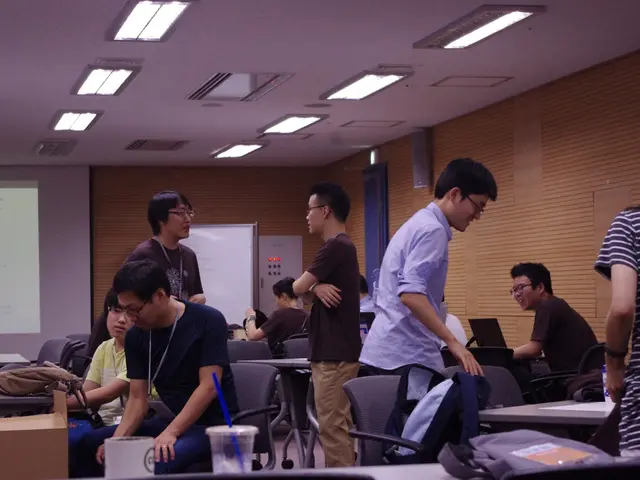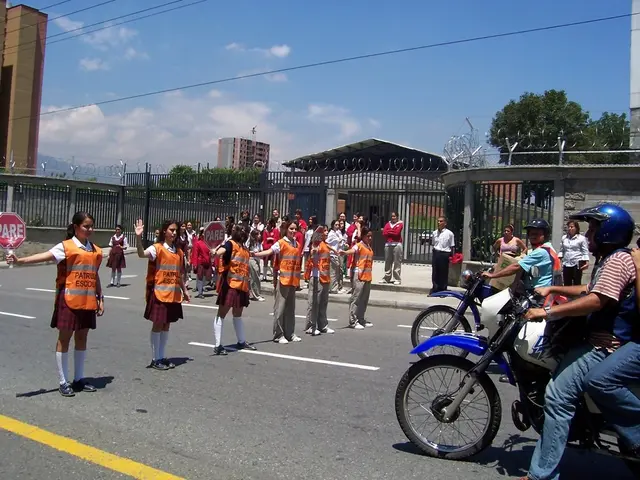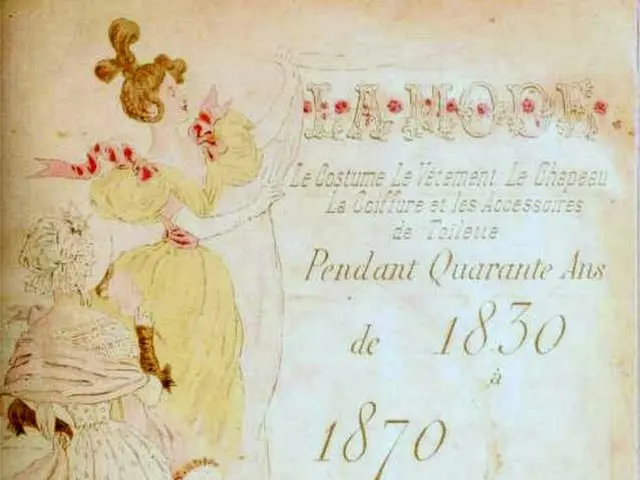UCLA Conducts Distant Educational Showcase for Five Elite Chinese Music Institutes
In a groundbreaking event, the UCLA Herb Alpert School of Music recently hosted representatives from five Chinese conservatories, marking the first official connection between an American and a Chinese school. This historic occasion was made possible by the Yamaha Disklavier technology, a distance-learning innovation developed by Yamaha Music & Electronics (China) Co., Ltd.
The Yamaha Disklavier enables top artists and educators to instruct students remotely, regardless of their location. During the event, Dr. Inna Faliks, a Yamah artist and the head of the keyboard department at the UCLA school of music, taught a student at the Central Conservatory of Music from UCLA's recording studio.
How It Works
The Yamaha Remote Lesson technology operates using high-quality audiovisual hardware, low-latency network communications, and tailored software interfaces. It captures high-fidelity audio and video from the teacher's and student’s locations using professional microphones, cameras, and Yamaha’s specialized audio processing hardware. The system ensures that sound is clear and synchronized with the video, providing a near real-time lesson experience.
To maintain a minimal delay, the technology uses optimized network protocols and potentially dedicated bandwidth solutions. Both teacher and student can see and hear each other simultaneously, allowing the instructor to give immediate performance feedback, demonstrate techniques, and observe the student’s playing closely.
Yamaha’s digital pianos and keyboards are often integrated with the system, enabling MIDI data transmission that supplements audio signals to enhance lesson quality and interactivity. The system operates on a bespoke software platform or customized video conferencing tools that are tailored to the specific needs of music lessons, supporting features like multiple camera angles, annotation tools, and lesson recording.
Key Features
- Real-Time, Interactive Music Instruction: Enables instruction almost as effectively as in-person, with minimal delay.
- High-Fidelity Sound Quality: Ensures the tonal quality of instruments and nuances in playing are preserved.
- Multiple Audio Channels: Often supports stereo or multi-channel audio to capture detailed sound environments.
- Visual Clarity with Multiple Angles: Multiple cameras offer different views, allowing teachers to monitor hand technique, posture, and pedal usage.
- MIDI Integration: Allows transmission of digital performance data for precise analysis and feedback.
- Cross-Cultural Educational Collaboration: Enables institutions like UCLA and conservatories in China to share expertise and resources despite geographical barriers.
- Secure, Stable Network Infrastructure: Uses dedicated lines or optimized internet configurations to maintain quality and reduce interruptions.
The participating Chinese conservatories—Wuhan Conservatory of Music, Sichuan Conservatory of Music, Xinghai Conservatory of Music, Mianyang Normal University, and Guangdong Literature and Art Vocational College—also utilized the Yamaha Disklavier technology during the event. Shana Kirk, a Yamaha Consultant, provided technical support and presented the Disklavier to the Chinese guests.
This innovative technology not only bridges the physical distance between institutions but also fosters cross-cultural collaboration in music education. With the Yamaha Remote Lesson technology, the world of music education becomes more accessible and inclusive, breaking down geographical barriers and opening up new opportunities for students and educators alike.
Dr. Inna Faliks, a Yamaha artist and the head of the keyboard department at the UCLA school of music, utilized the Yamaha RemoteLesson technology to teach a student at the Central Conservatory of Music through the high-quality audiovisual hardware system. The Yamaha Disklavier technology, a distance-learning innovation, allows for cross-cultural educational collaboration, making music education more accessible and inclusive, and breaking down geographical barriers.




